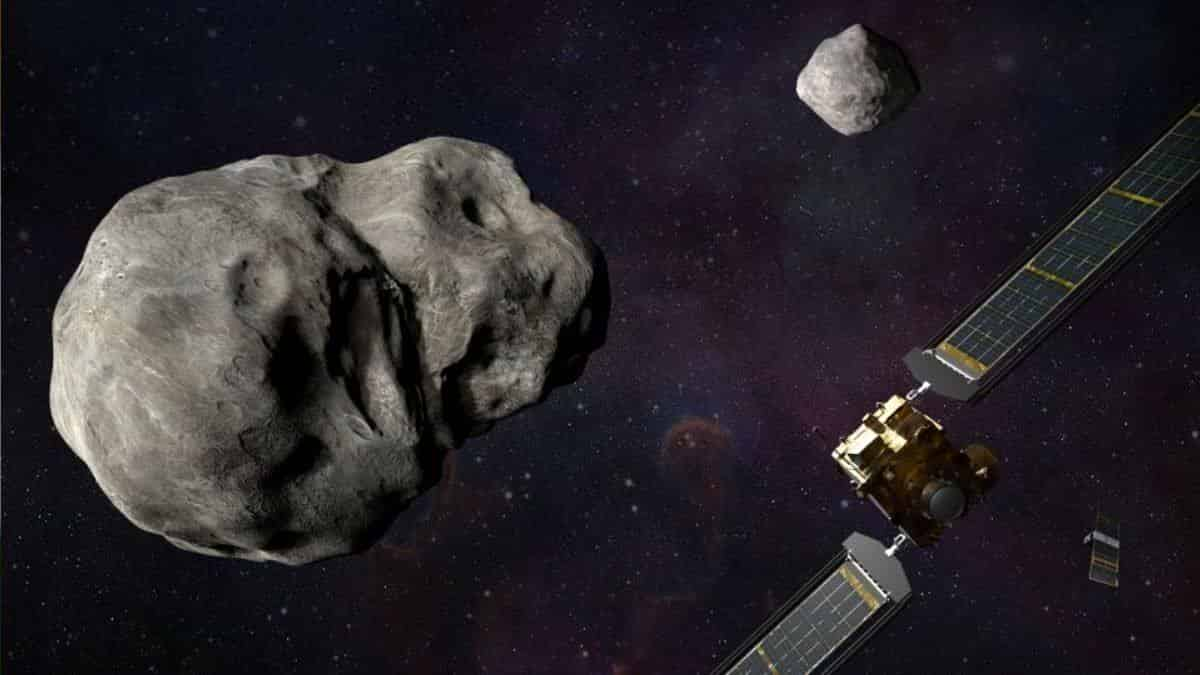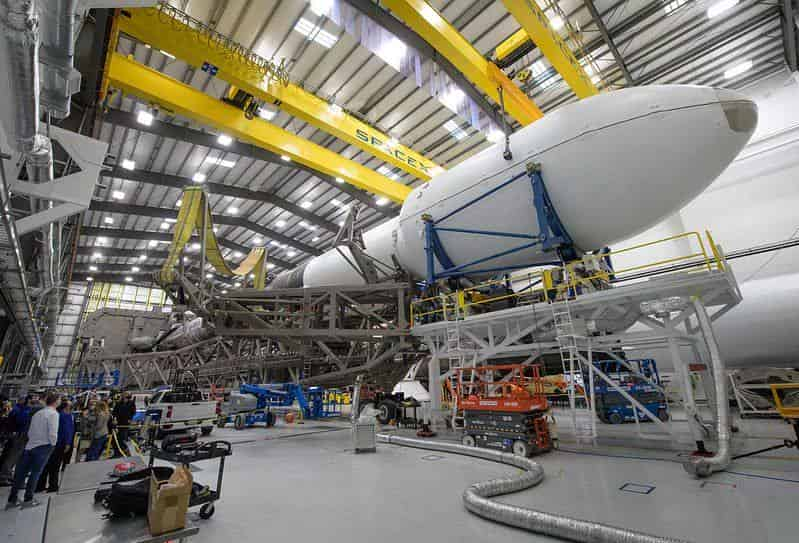NASA’s DART mission to crash into an asteroid will be launched soon by SpaceX, and you can watch it live
"We're attempting to figure out how to deflect a threat," NASA's Thomas Zurbuchen explained.

NASA will launch a spacecraft to intentionally crash with an asteroid late tonight, and you can watch it live online.
The agency’s Double Asteroid Redirection Test (DART) mission will travel millions of kilometers into space to collide with an asteroid, adjusting its orbit around a larger space rock to rehearse for a rogue Earth-bound asteroid. The mission is scheduled to launch from Space Launch Complex-4 at Vandenberg Space Force Base in California at 1:20 a.m. EST (10:20 p.m. PST on Nov. 23/0620 GMT) on Wednesday, Nov. 24.
“It’s an intentional collision of a spacecraft with a rock,” said Thomas Zurbuchen, NASA’s associate administrator for the science mission directorate, during a pre-launch press conference on Monday (Nov. 22). “We’re attempting to figure out how to deflect a danger.”
You may watch the launch live on Space.com, courtesy of NASA, or directly on NASA TV. The agency’s live broadcast will begin on November 24 at 12:30 a.m. EST (0530 GMT).
Mission teams completed launch readiness reviews ahead of the launch on Monday (Nov. 22), and “we’re all go, there’s no holdbacks, there’s no risks going forward, and we look forward to tomorrow,” Omar Baez, senior launch director at NASA’s Kennedy Space Center in Florida, said during a news conference.

Baez also stated that the DART team will arrive on Monday night to conduct final preparations for the launch.
DART has only a one-second instantaneous launch window before being shifted to the next available launch date, according to Baez, who added that the launch will take off at exactly 10:20 p.m. and two seconds local time.
During the briefing, Captain Maximillian Rush, a weather officer at Vandenberg Space Force Base, added that while November forecasts are “quite active and more prone to fronts,” and a front is approaching the base, “it happens to align where it is favorable for the launch, so that’s really nice for us.”
So, despite the fact that the weather forecast is not ideal, the team looks to be hopeful about the launch.
DART will visit a two-asteroid system that contains Dimorphos, a small “moonlet” asteroid that revolves around Didymos, which means “twin” in Greek.
Watch It Live
These two space rocks could be anywhere from 6 to 306 million miles (10 to 493 million kilometers) from Earth depending on where they are in their orbit around the sun, but they are currently roughly 300 million miles (483.6 million km) away, according to astrophysicist and satellite tracker Jonathan McDowell of the Harvard-Smithsonian Center for Astrophysics in Cambridge, Massachusetts. Experts have guaranteed that neither asteroid in this system poses a threat to Earth.
Dimorphos is DART’s target. The mission will put kinetic impact technology to the test as part of a planetary defense strategy. The spacecraft will almost collide with the moonlet, pushing it and changing its orbit around Didymos. The mission’s goal is to reduce the moonlet’s orbit around Didymos by several minutes.
Earth-based mission team members will use telescopes to analyze the pair of space rocks in order to determine the effect of DART’s collision on Dimorphos’ orbit.
Because the two asteroids pose no threat to Earth, this test will not directly benefit the planet. However, it will be crucial to demonstrate that this form of planetary defense system works. So, in the future, if a rogue asteroid were to be on a collision course with Earth, NASA might hypothetically send a spacecraft like DART to blast the rock away from our planet.
While there are no large asteroids currently threatening Earth, “this asteroid system is a perfect testing ground to see if intentionally crashing a spacecraft into an asteroid is an effective way to change its course, should an Earth-threatening asteroid be discovered in the future,” according to a statement from the spacecraft’s builder, Johns Hopkins University Applied Physics Laboratory.
“At this point in time, we don’t have a single item that truly poses a threat to Earth,” Zurbuchen said during the news conference. However, he noted that if this trip is successful, “I’m extremely interested to see how we’re going to take that technology and bring it forward.”


